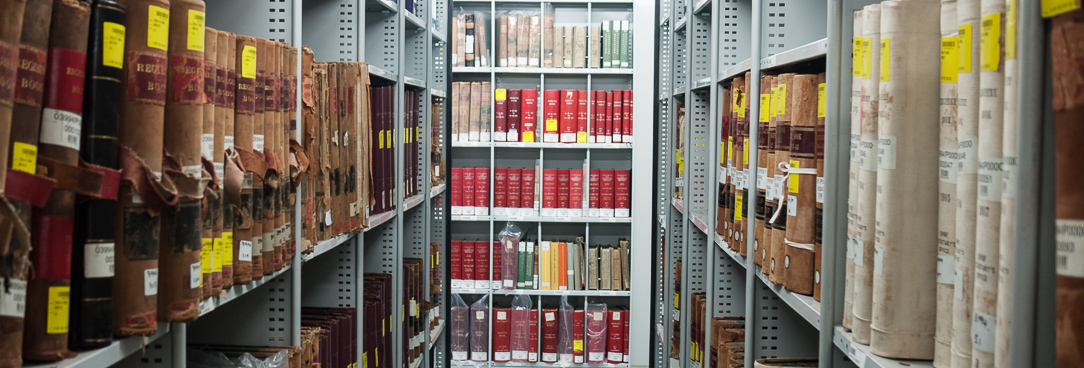Author: Charlie Farrugia
Senior Collections Advisor, Public Record Office Victoria
In some respects, ANZAC Day can be a difficult anniversary for PROV to recognise. After all, the armed forces are effectively agencies of the Commonwealth Government and so members of the public waiting to find service histories and other records about our military involvement will invariably start with our Commonwealth colleagues at the National Archives of Australia (NAA).
Given that we share the Victorian Archives Centre Reading Room with the Victorian arm of NAA the temptation is very great for researchers wanting information about our wartime experiences to go straight to their inquiry desk. However, depending on your interests, time spent with our collection can be quite rewarding, especially if you are prepared to dig.
In this respect, the Records of Local Government can be valuable, especially if a piece of war time infrastructure existed within its boundaries. Minutes of Council meetings and committees of the council can document any number of resolutions, local defence measures and commemorations during war time and afterwards.
It is Council file-based series such as correspondence systems that can hold many treasures. Contents will vary from series to series but some of the finds have been spectacular. VPRS 2500 General Correspondence Files for Ballarat is a case in point. Whilst checking the detailed, unfortunately still largely paper, list for records pertaining its famous Avenue of Honour, I came across a reference to a “calvary list” (VPRS 2500/P0, Unit 114). My curiosity spiked, I consulted the record at the Ballarat Archives Centre and found the listing to be a typo. It should have read, “Casualty list” and the record itself is quite poignant. It contains a number of pages that had been bound together, all lined in mourning black. Each page is effectively a statement that the flag, presumably at the Town Hall, was being flown at half mast for the named locals whose deaths were reported during the week. This occurred on Sundays during the war whenever deaths were reported. Occasionally mistakes appeared to have been made and individuals who were only wounded were included. One of the pages shown here records individuals whose deaths occurred at Gallipolli in 1915, including one non-local, Major General Bridges, the Commander in Chief of the Australian Expeditionary Force.
Another great find was made by my colleague Lauren Bourke in the records of the South Melbourne council. VPRS 7836 is titled Patriotic Fund Correspondence Unit: Nominal Files (Army Servicemen) and was created during World War II. It documented work undertaken by a Correspondence Unit of the Fund which carried out the work of preparing and mailing quarterly newsletters to servicemen and women, known as "Giggle Sheets". It also kept military personnel addresses up to date for the mailing of Christmas packages, "Comforts" and individual correspondence. Files document a range of information about individuals who enlisted from the South Melbourne area and can include letters written by the servicemen themselves. Servicemen killed in the line of duty are identified and can contain photographs and newspaper accounts.
We have placed some samples of records from VPRS 7836 in a cabinet at the Victorian Archives Centre for the next few weeks together with other war-related records. Also on display is a sample from a new accession VPRS 16930 The Empire's Patriotic Fund Applications, which documents sick and wounded soldiers; widows and orphans; disabled soldiers and sailors; and wives and children of soldiers and sailors who participated in the Boer War.
In the lead up to the 100th anniversary of World War I, a number of staff here at PROV are keeping their eyes open for similar discoveries such as those above that we hope to use in some way. We would love to hear from anyone who has found something of which you think we might not be aware. If so, post your comment here or even better, contribute your findings to the PROV wiki.
Lest We Forget.
UPDATE: You can view more correspondence from series VPRS 2500/P0 via the Ballarat & District Genealogical Society website http://www.ballaratww1.org.au/
Material in the Public Record Office Victoria archival collection contains words and descriptions that reflect attitudes and government policies at different times which may be insensitive and upsetting
Aboriginal and Torres Strait Islander Peoples should be aware the collection and website may contain images, voices and names of deceased persons.
PROV provides advice to researchers wishing to access, publish or re-use records about Aboriginal Peoples
